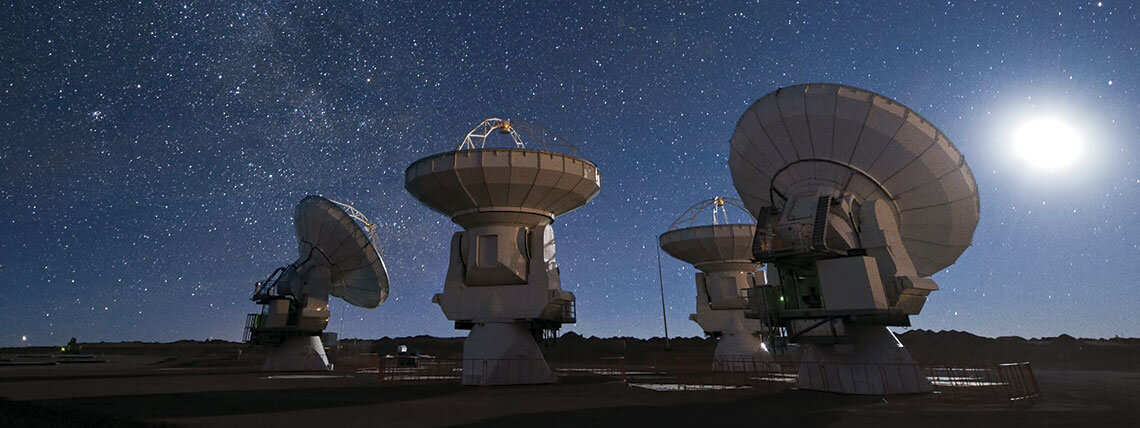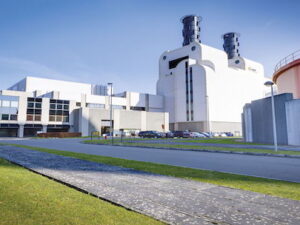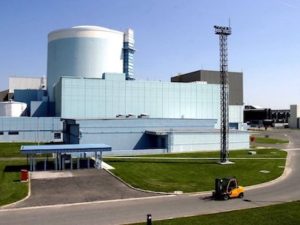Nasa Antennas
Structural Consulting
Structural Analysis of the pedestal
The Deep Space Communications Complex of Madrid (MDSCC) is a ground station located in Robledo de Chavela, operated by the National Institute of Aerospace Technology (INTA). It is one of only three NASA Deep Space Network (DSN) complexes that exists in the world, with the second one being located in Goldstone, California in the United States, and the third one in Canberra, Australia. These ground stations are overseen and managed by the Jet Propulsion Laboratory of Pasadena (JPL) in California. The geographical locations of these three complexes have been meticulously selected, with each location approximately 120 degrees from the next, so that the spatial vehicles can maintain contact with any of the ground stations at all times, despite the constant movement of the Earth’s rotation.
NASA’s first antenna, DSS-61, was set up in 1961 to give support in the Mariner Program. Shortly thereafter, a second antenna, DSS-66, was installed, which supported the APOLLO missions in the late 1960s. Today, the installation is the largest and most sensitive telecommunications system for scientific applications in the world.
DYNAMIS, in conjunction with the Jet Propulsion Laboratory of Pasadena and ISDEFE in Madrid, provided technical assistance by carrying out the necessary structural checks of the new antennas, DSS-54 and DSS-56, its pedestals and their auxiliary structures to ensure their proper operation and accuracy to 0.010 degrees. The wind action has been evaluated by tests in wind tunnels, thus providing the optimal drag coefficients in the most penalizing positions. The design ensures its operability with winds with speeds up to 64km / h and its global stability with winds with speeds greater than 160 km / h.
All the technical specifications of steel that compose the new antennas and the concrete with which they have projected their pedestals have been elaborated. These specifications are in accordance with the American, Australian and Spanish regulations.
Our main outcomes in this project where DYNAMIS participated as Engineering Consultants were both:
(i) Rewrite and adapt the technical specifications to the European and Spanish Standards (Eurocode + CTE)
(ii) Structural Analysis of the pedestal ensuring its integrity and evaluating the effects of settelments of the soil.







